»ĆÉ«Ö±˛Ą business expert on why designers have arrived in corporate boardrooms

Published: November 16, 2018
Design is heading to a corporate boardroom near you.
Its form is not a chair, handbag or technology. It is human. This new type of designer is equally comfortable in a navy suit or black turtleneck. Fuelled by top-selling business books and management consultant reports, this latest design movement is all about customer-tailored companies thriving in today’s uncertain economic and political climate.
Over the past 15 years we have seen an exponential growth in new design-related jobs – from computer user-interface (UI) and user-experience (Ux) designer, service designer, customer experience designer, business designer and chief design officer. These, and other design roles, were highlighted in Fast Company’s 2016 article, .” More recently, design jobs are popping up in unexpected places. Designers are now inside banks, accounting firms, telecommunication departments and manufacturers.
What’s driving this design renaissance?
It is a combination of influence, timing and proof of success.
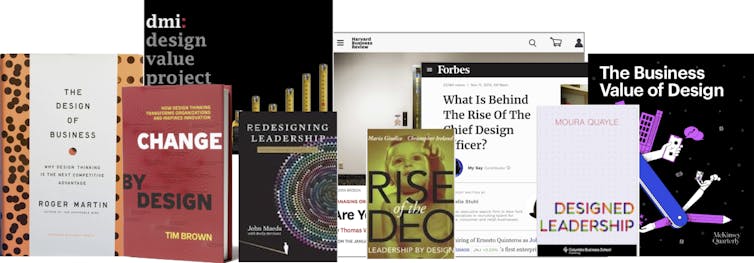
Early influences can be attributed to a series of published works over the past decade, particularly those authored by big thinkers like , design consultancy leaders like and design tech executives such as . They, along with small academic and industry communities, have long connected design to business processes, operations and strategies.
The proof has been collected over many years and finally published in 2013 by the (DMI). Their aimed to nudge the capital markets to invest in design-infused companies as they were surpassing traditional firms with an average of 220 per cent return on their share price value.
of a design-infused company. The German computer software company has integrated design across their global enterprise – from research and development studios to product management and strategy. Their chief design officers receive extensive investment in growing their teams and offering design education for their employees.
The Design Management Institute report was the first to offer proof that a well-designed product, service or experience sells itself.
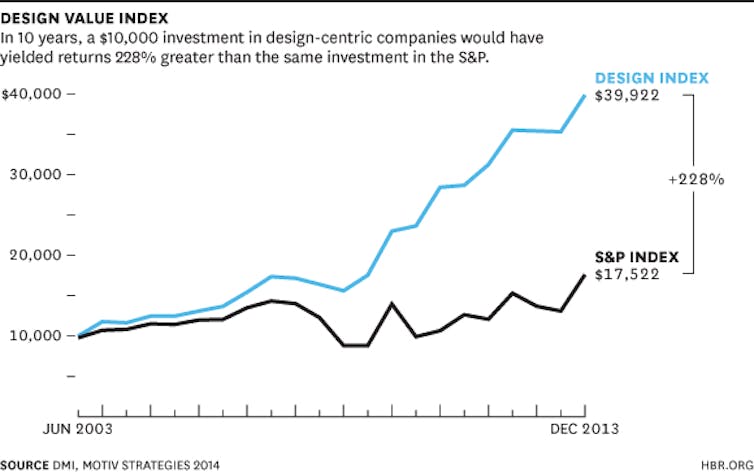
Top business magazines followed, including Forbes, supporting DMI’s findings in their 2014 article, ,” explaining why design is moving into corporate boardrooms.
In 2017, the Harvard Business Review provided more reasons for the need for design leadership, with an article on how CEOs were , products and business models, resulting in loss of customers, jobs and brand loyalty.
This October, global management consultancy published their report, making the case that integrating design across an entire company will have a positive impact on employees, customers and the bottom line. The report, authored by trusted management consultants, is creating real design buzz in boardrooms.
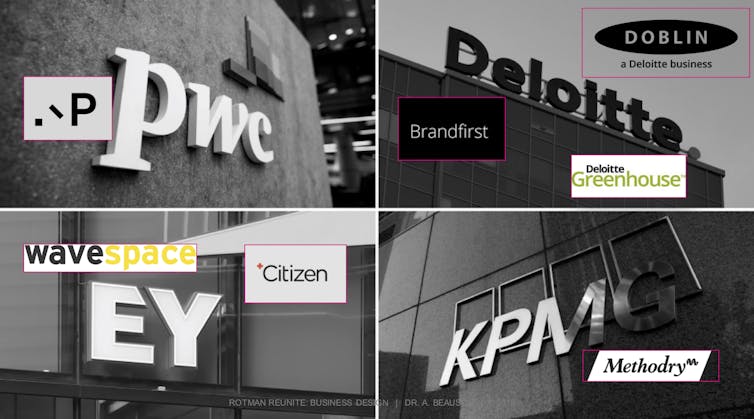
The world’s top management consulting firms have also been actively acquiring design agencies, creating their own design leadership practices, hiring chief design officers (for example, 3M, PepsiCo, Philips, Ford, etc.) and even offering design-thinking training for their multinational clients.
Design has officially emerged beyond products and services of the type offered by companies like Apple and Starbucks to experiences offered by tech giants like Amazon and Uber and strategies like those on offer from .
Design and its cousin, design thinking, are now being lauded as a much-needed mindset for leaders – those seeking a customer-centred approach to business innovation, reimagining operations and rethinking supply chains and financial models. Why?
It’s because design is proving to be extremely effective as a creative problem-solving approach for business and an antidote to the over-engineering mistakes of the past.
Packaged goods corporations are seeking to understand how is able to get street fashion trends into the hands of retail customers in record time. Manufacturers are watching bold and encroaching actions in redefining supply chains. Financial institutions are following Apple and as they compete with tech companies for mobile payment transactions.
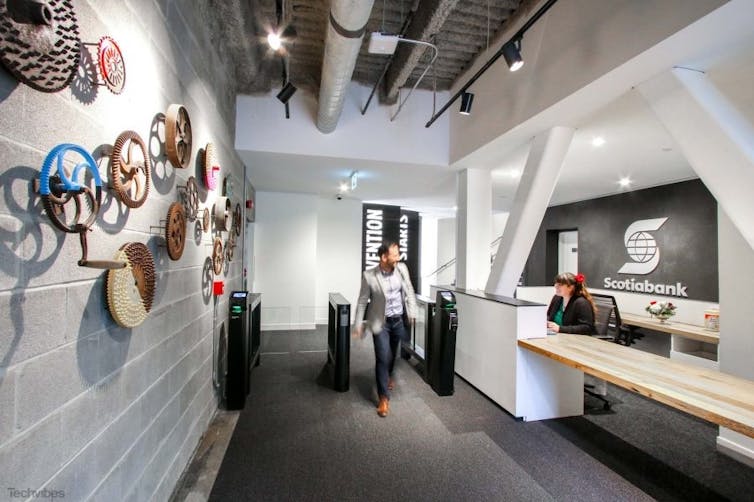
In Canada, designers are finding their way to corner offices. their design leadership studios, their design teams in their “Digital Factory” and their Greenhouse design advisory group as customer insight departments.
Make no mistake – these are not typical designers, they are armed with graduate degrees in business, strategy and design.
In early 2018, the »ĆÉ«Ö±˛Ąâ€™s Rotman School of Management created a new professorship in (the first of its kind in the world), to teach and research the next generation of design-leading MBAs. These graduates are uniquely positioned to make a business case for design’s return on investment while also integrating customer needs.
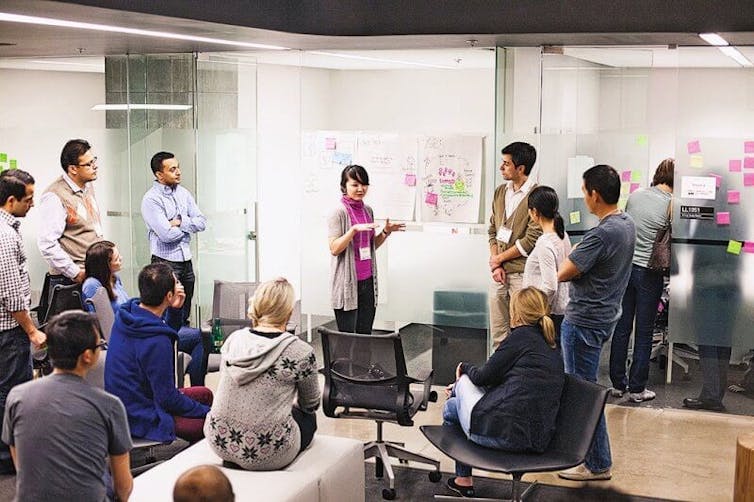
To better understand customers, companies are starting to rethink their processes and management teams. Designers, not traditional executives, are now heralded as those who will guide global corporations and local governments in offering services, experiences and strategies that both delight customers and shareholders.
Interestingly, Canadian design educator once stated: “Design creates culture. Culture shapes values. Values determine the future.”
It appears companies are finally responding.![]()
is an assistant professor, teaching stream, in business design and innovation at the »ĆÉ«Ö±˛Ą's Rotman School of Management.
This article is republished from under a Creative Commons license. Read the .



